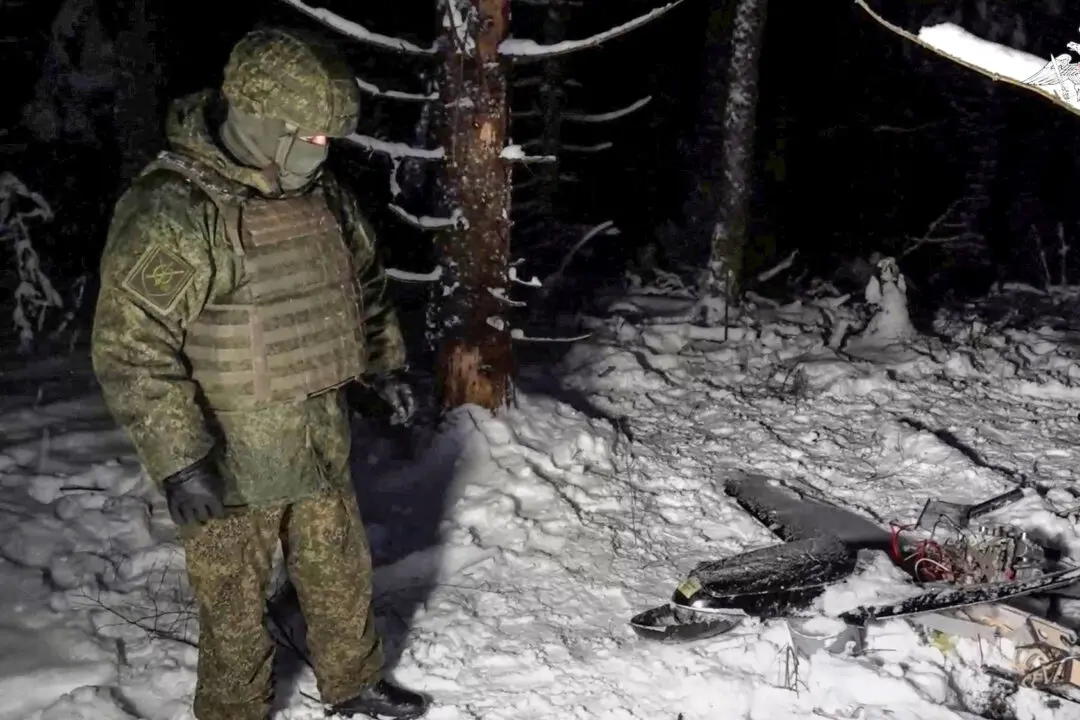American consumers spent more than expected in July, reinforcing expectations for a sharp rebound in economic growth in the third quarter, as consumer spending accounts for around 70 percent of U.S. gross domestic product.
Consumer spending grew by 1.9 percent, according to a report from the Commerce Department released Friday, beating expectations of economists polled by Reuters, who forecast a more modest rise of 1.5 percent. The better-than-expected number is a welcome indicator in a collection of choppy data, with shows a surging housing market and a rebound in business activity set against ongoing labor market troubles, with some 27 million unemployed and new weekly jobless claim filings stuck at around 1 million.





